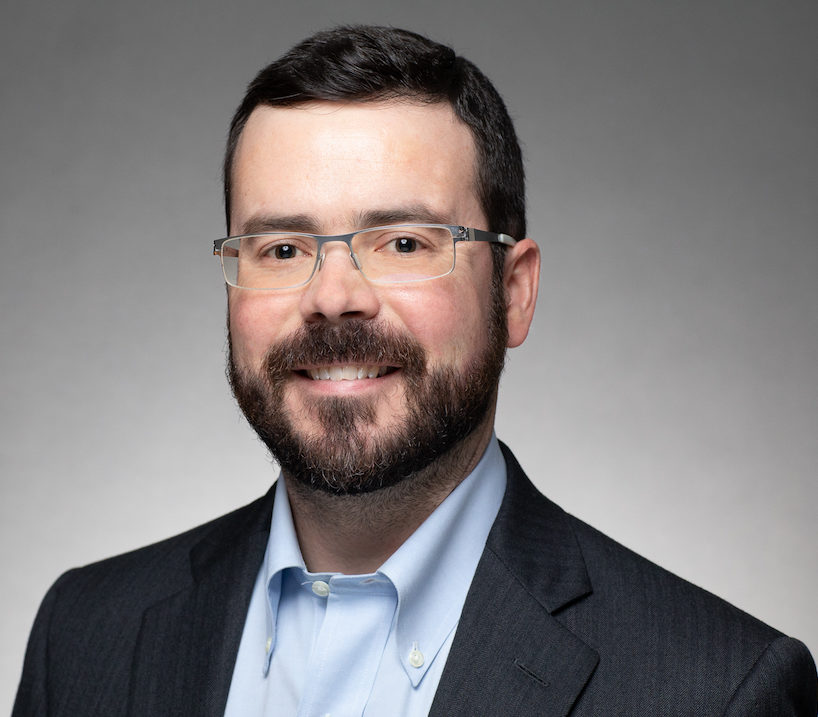EPISODE 1: Aligning Healthcare Value with the Nation’s Values, Featuring Frederick Isasi, Families USA
“We’re not suffering from a lack of resources, we’re suffering from a healthcare system that is responding to the wrong incentives.” — Frederick Isasi, Executive Director, Families USA
The inaugural Spotlight on Action episode features a conversation between Frederick Isasi, Executive Director of Families USA, and Aparna Higgins, LAN Senior Advisor and a Senior Policy Fellow at the Duke Margolis Center for Health Policy.
In this episode, Aparna and Frederick take a deep dive into health equity and discuss creating solutions to reduce disparities in the U.S. healthcare system through APMs and value-based payments.
Episode Q & A
Let’s zero in further on the health equity issue. Could you talk a little bit more about Family USA's efforts to help advance health equity and reduce disparities in this country?
This is one of our most important focus areas. I, along with the really terrific staff at Families, created the National Center for Health Equity and Value. That is a really important effort. And it’s one of the things that is often most misunderstood about the value effort. In this country, we’re not suffering from a lack of resources, we’re suffering from a healthcare system that is responding to the wrong incentives, that isn’t being given the tools that it needs economically to really ensure that it can drive towards making sure that patients are healthy, and families are healthy. And a lot of times when I’m in these conversations around value, folks will ask me, well, don’t you think for example, that if we’re improving the quality of care for all people, then that’s going to be really beneficial to some of the most vulnerable folks and particularly communities of color? And what I want to say is I’ve had a lot of experience working directly with health system executives or working with governors. What’s very evident to me is that a lot of the effort around values, about finding standard population of risk and deescalating that risk. Really creating better health outcomes for those folks and reducing the cost or the spend for those populations. That’s the overarching philosophy on value reforms.
The problem is that a lot of the populations we’re talking about, the most vulnerable folks out there, they may not fit a standard population. They may have dimensions in their life that are very different than a traditional middle-class family. A lot of leaders in the value space, [are] working pretty hard to figure out how to keep them out of their value efforts so that they didn’t have to deal with that uncertainty and that variation. They want to create the most standardized population possible. We know what that results in. It’s not just that we aren’t addressing the needs. We’re actually even making these disparities worse. The Health Equity and Value Center really stands for the notion that we have got to get extremely intentional about addressing health inequities and bring them into the center of the healthcare transformation enterprise. And not just assume that things will get better simply because we’re making it better for everyone.
We also have a Health Equity Academy where we bring together leaders from around the country on the community level to teach them about the opportunities in healthcare, to learn from them about what’s going on in their communities and help empower them to change the policies in their communities or their states around healthcare value and equity.
We have a big effort going on around early childhood and addressing some of those fundamental early experiences, particularly adverse childhood experiences. There’s a lot of research that shows it can really set a trajectory for a human being through their whole life. We have one project going on in the District of Columbia focused on finding sustainable ways to pay for Nurse-Family Partnerships. For example, to really give moms and babies and dads the support of a nurse-family partner in those early years to really get their kids off to an early start. These are just some of the examples of the deep work we’re doing.
The LAN recently established the Health Equity Advisory Team to help identify and prioritize opportunities to advance health equity through APMs, influence design principles, and inform LAN priorities and initiatives. Its goal is person-centered. How do you view the alignment between the work that Families USA is doing and the LAN initiatives and goals?
I’m really proud of where the LAN has been going on this issue and how hard they’re working towards raising both on the importance of APMs and the importance of addressing health equity. The idea that the LAN is trying to make health equity central in the transformation enterprise is really important for the very reasons we just talked about. Some of the most bold APMs out there are really about collecting the resources in a community, in a state, that are provided for healthcare. This could be through federal Medicaid dollars or Medicare dollars. It could be through private insurance, state employees, and collecting those resources, building a community table, which includes insurers, hospitals, physician groups, but it also includes social service agencies, housing supports. We’ve seen for example, mental health services, behavioral health services, all at that table. They look at their data for that community. What’s really going on here? Where do we really see the opportunity and the real problems for achieving health in this country or in this community? They really start to set targets for themselves about how they can change the way in which the resources are being utilized to achieve the goal of health, not just simply units of healthcare.
When that happens, you see tremendous reforms that are very innovative. Things like addressing unmet behavioral health needs, addressing housing insecurity, addressing violence in communities, the impact of systemic racism. APMs and the work the LAN is really pushing hard to say, we have to go much further in reallocating these resources, nutrition, and other parlance by developing much stronger risk-based models. [This is] one of the most important keys to addressing health inequities.
As you think about the intersection between APMs and health equity, could you share your perspective on what it means to intentionally address health equity in the context of an APM?
First and foremost, you’ve got to start with data. You’ve got to get into a community and really surface the best data sources and understand what’s really happening. What we’ve seen in many different states is you start finding some really interesting patterns. For example, in one state we’re working in, they found that there was a massive over-utilization of Emergency Room services in a very vulnerable community. Well, how do we address this? Why is this happening? So first start with your data. Second, it is really about bringing together the full community, a set of resources. Not just a hospital, not just a physician group, but really thinking about all of the resources that can address, not just physical health, but the social determinants, behavioral, all those sorts of things. Third, that using data, you set real accountability targets, how are we going to improve outcomes? How are we going to reduce the wasteful spending?
In the example I just gave you, they determined there had been a primary care clinic in this community that was shut down about five years before because people weren’t really using it. It turned out people weren’t using it because it was only open during work hours. They re-opened the clinic [and provided] after hours and late hours. They reduced spend by about $15 million in one year when this clinic was open. The outcomes went through the roof because people had access to primary care when they weren’t at work, or when the weekend hits and all of a sudden you realize your kid’s sick. You start dealing with those problems and [in] these vulnerable communities, health really starts to improve.
Families USA [focuses] a lot on consumer experience, could you talk more about your efforts to advance these kinds of alternative payment models?
Let me give you two examples, one on the federal level and then one on the state level. We do a lot of work with Congress and the federal administration to really think about how we continue to evolve APMs so they really have impact. One of our biggest pushes is focused on trying to achieve much better alignment across multiple payers, so that the models themselves hold much more economic power, meaning much more of the book of business of a hospital or a physician group is aligned around population health, and they can really go for it. We’ve been big advocates, both on the Hill and in the federal administration, to find ways to really unleash the power of APMs by providing a lot more risk, a lot more of a book of business associated with the global payment. We’ve got to do a much better job collecting race and ethnicity and gender, sexual orientation, geography, in our healthcare data and then reporting it because one of the things we know—as the COVID pandemic has certainly taught us—that when stressors are encountered by our system, the people who pay the price more than anyone else are people of color in this country. We only know that because we can look at the data and find the places where the system may be failing. I would say we’re probably 20 percent there in terms of really collecting and making those data available for us to understand where the problems are.
On the state level, we do a lot of work with state Medicaid programs. We just had a very deep project for several years, working with state partners in California to really think about as they go back to CMS to request a new Medicaid waiver, 1115 waiver, or series of waivers. How can they build equity into their waiver design? It’s everything from ensuring that there’s culturally competent care to how they’re developing a diverse workforce. We’ve also done a lot of work around community health workers and thinking about how do you build much stronger linkages between community members and the folks who are delivering care to them? We do a lot of work on the state level to think through what are the Medicaid policies that can be adopted that can result in much more equitable distribution of health.
We all talk a lot about person-centered care. How do we ensure that we're truly placing the beneficiary or the consumer at the center of APM design and meeting their needs?
What we’re really talking about, fundamentally, is the lessons of intelligent design. When you are trying to redesign a system, we have to put the end-user into the center of the design enterprise. Often you hear things like “you built a car, there’s no steering wheel.” You miss really important things when you don’t have that end-user right in the center. That’s such a foundational principle. I’ve been a part of a lot of policy efforts to try to change, for example, the statutory or regulatory framework around healthcare payments. And there’s often a drive to bring consumers into that effort. Can be really powerful, but let’s be really clear, sitting down, putting a Medicaid recipient next to a hospital CEO is not going to result in a really fruitful exercise. There has to be a lot of intention and thought put into how do we empower consumer needs and interests to come forward. And how do we provide technical assistance to policy makers so that the consumer’s needs are coming all the way into the regulatory or statutory process, meaning it’s not just simply a conversation? It’s surfacing the needs of the community, talking to the community about this, finding out where their interests are, identifying priorities that align with the community’s priorities, not the governor’s priorities or the president’s priorities, but the actual community’s priorities. Let’s say in this community it’s unmet behavioral health needs. They’ve identified, well, we have so many folks in our community who either have substance use disorder or severe and persistent mental illness and their needs aren’t being met. Well, at that point, you got to start doing a lot of hard work to explore around the country. How has this been solved before? That’s not asking the consumer to solve the problem. It’s about providing the technical assistance to find the solutions and bring them into that new state, that new regulatory framework. So that’s a really important distinction. I think sometimes you see people say, well, the Medicaid beneficiary didn’t tell me how to solve that problem. I throw my hands up, right? And that’s a, that’s a pretty, fruitless exercise, but then, you know, once you really set up the regulatory framework, and say the payment structure, then it really is about intelligent design. It’s about, as you’re thinking, for example, about behavioral health integration. Have you brought the patients who you’re trying to reach into the design enterprise? Have you talked to the, the behavioral health providers in that community, who are working in the community mental health center and working the primary care setting about how integration should occur? Deep involvement with community members with the direct service providers can really transform what the payment delivery form looks like.
What is your perspective and what efforts are you taking to help scale some of these successes?
There are some really powerful success stories, particularly around health equity and trying to address these in our most vulnerable populations. And it’s not a long list. It’s a really powerful, and it’s a pretty short list. One of the things we know for sure, is the importance of addressing unmet behavioral health needs. The second is thinking about the role of primary care and empowering primary care to both coordinate the needs of the vulnerable populations, and also help direct patients to the highest value care providers. The third is addressing over-utilization of emergency room services, which is really expensive, really wasteful and doesn’t often result in any improvements in the outcomes. That can often be about working hard, to understand access problems where people can, and can’t get care. For instance, there was a wonderful effort in Washington state, ER utilization really ended up focusing on unmet substance use disorder and all of the utilization that stems from that. And then finally, transitions in care are really important. For vulnerable populations, making sure they’re going back to their follow-up appointments, making sure that they there’s wraparound services to make sure they can go through the process of recovery and end up coming out with good outcomes. The very last example I always point to is housing insecurity and housing first and using housing as a healthcare intervention. There are millions of examples of very vulnerable folks who are accessing a lot of healthcare, but because they’re housing insecure, their health just gets worse. By bringing those two things together, their health needs and their housing needs, you can really transform their lives. And you can actually reduce the overall spend for those people. These are examples of the actual interventions that can really make a difference in the lives of the most vulnerable and really address health inequity.
Could you share your perspective on how APMs could be structured to help meet some of those social determinants of health? Could you share how APMs could be more intentional in terms of melding health and social services together?
One of the best models that I’ve seen in that is the Oregon Coordinated Care Organization model, a CCO model where literally the healthcare dollars flowing in for Medicaid are provided to this community table. Both hospitals, providers, but all of the other social service agencies. With data, they can figure out what are the social determinants that are being unmet, and then they can start allocating healthcare dollars towards those social determinants, in a way that really truly they’re measuring impact and can say we have reduced overall costs and our outcomes are getting better and better. So that fundamental model that CCO accountable care accountable community model is really powerful. I think the most important social determinant interventions that we’re seeing are things that are aimed at unmet behavioral health needs. There’s no question we have a crisis in this country. We know, for example, that right now if you’re African American in this country, and you have mental health illness, you’re 50 percent less likely to get it than your white counterparts. It’s very hard for all people to get access to behavioral health in this country, but then when you’re African American and, and if you’re a person of color living in rural America, it’s even worse. Unmet behavioral health needs are really important. Housing insecurity really, really important, a lot of issues around substance use disorder that we could do a lot better with. I think that there’s even deeper questions about environment, things like the impact of clean air and clean water, the impact of systemic racism and violence, and then go all the way as we were talking about earlier to the very first experiences of little children, of little babies as they’re born, the world they come into, the amount of care they have in just the first couple of years can be transformative. These are all examples of the ways in which, if we can reallocate resources to address social determinants, we can really change the life trajectory of an individual.
As we look ahead in terms of the evolution of APMs, as well as the importance of intentionally addressing health equity, could you summarize some of the key learnings as policy makers and others [such as] payers and providers are thinking about these issues?
What we have to recognize is that economic incentives drive the behavior of providers. Everybody knows that this is a volume game for high-margin procedures, and that’s what we’re going for. Underneath all of this, the number one thing I would say is policy makers have got to understand that policy makers created the incentives inadvertently for fee-for-service, sort of treadmill economics. Policy makers have got to unwind those, and really drive towards a model that aligns the financial interests of people with the providers that are serving. Right now, in many instances, providers are trying to do their best, despite the way we pay them. We pay them one way and they’re just working really hard to try to do what’s right for their patients, even though they could be losing money by doing that. We’ve got to align those two things that’s most important. To get there, we have to give providers a much larger percentage of their book of business, focused on the APM. It’s got to be 80% or more of their book of business and real risk-based payments. When you get into that kind of environment, you see unbelievable change. One of the things that really inspires me about that is when you talk to the individual providers in these health systems or physician groups in these health centers, they are incredibly excited about this. This is why they went into the practice of medicine they want to do what’s right for their patients. They’re tired of that treadmill, you know, patient, patient, patient, procedure, procedure, procedure. There’s a lot of within the community of providers there is a huge excitement and there’s a lot of enthusiasm for this, that’s one. Two, I would say that, remember that as we talked about earlier, inequity will not be addressed by passively just improving the system for all. We really have to be intentional about equity and understand what are the interventions that are going to most affect the vulnerable communities of color that are being left behind.
The third thing is, so much of this work is really about reallocating resources to meet the needs of a community and to empower a community, to come forward and identify and work on their needs. We did this work in Wyoming, we did this work in California. It was wildly popular in both because at the end of the day, when you devolve to a community level, it resonates with people from all kinds of different perspectives. So, I think there’s also a real political future here. This could really happen because it isn’t partisan. It really is about, “I want my community’s needs to be met,” which is a very, very powerful, very American kind of perspective.






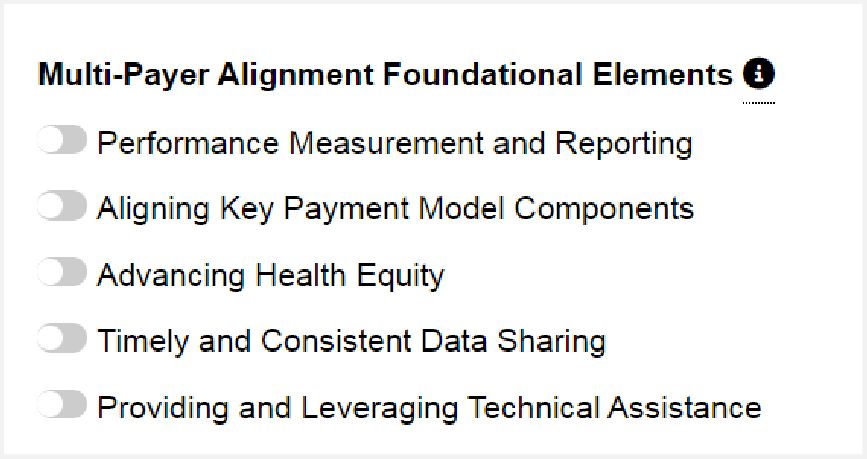
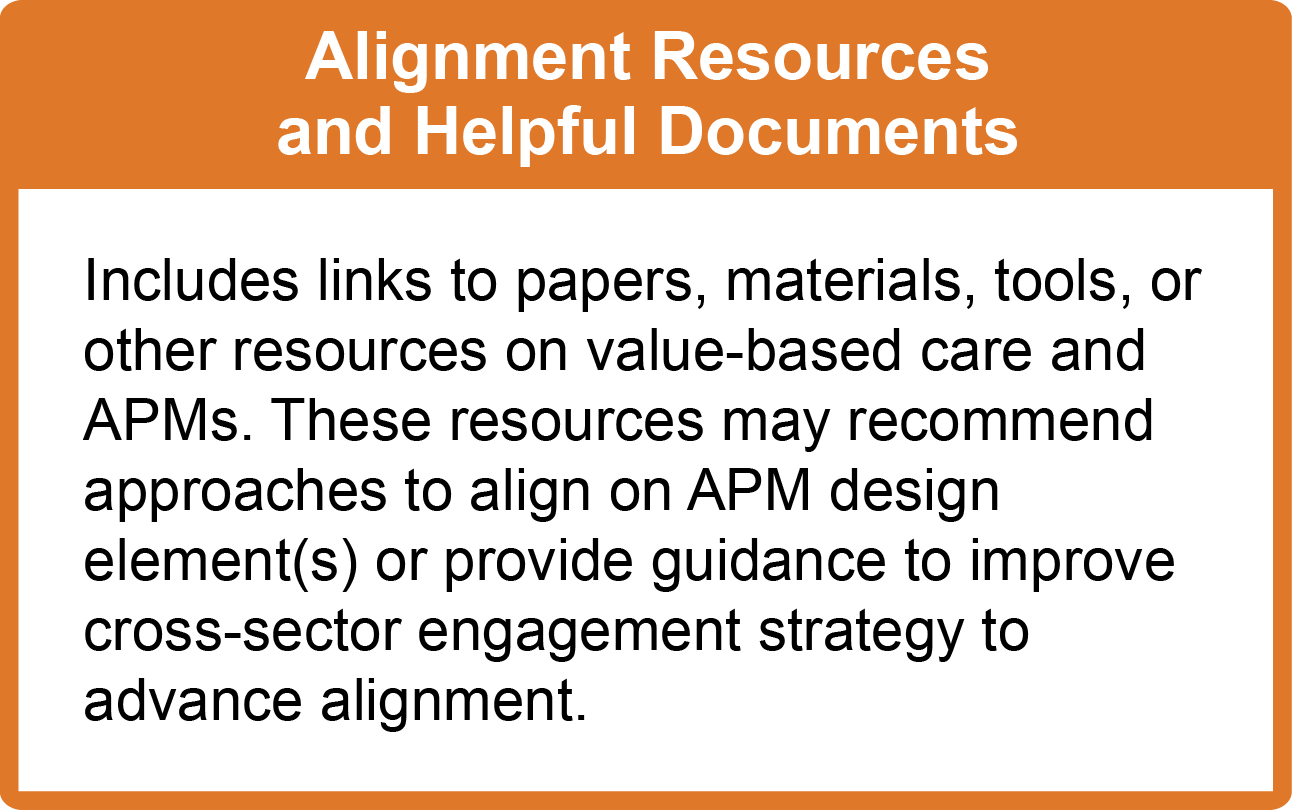







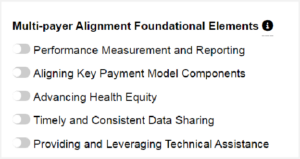



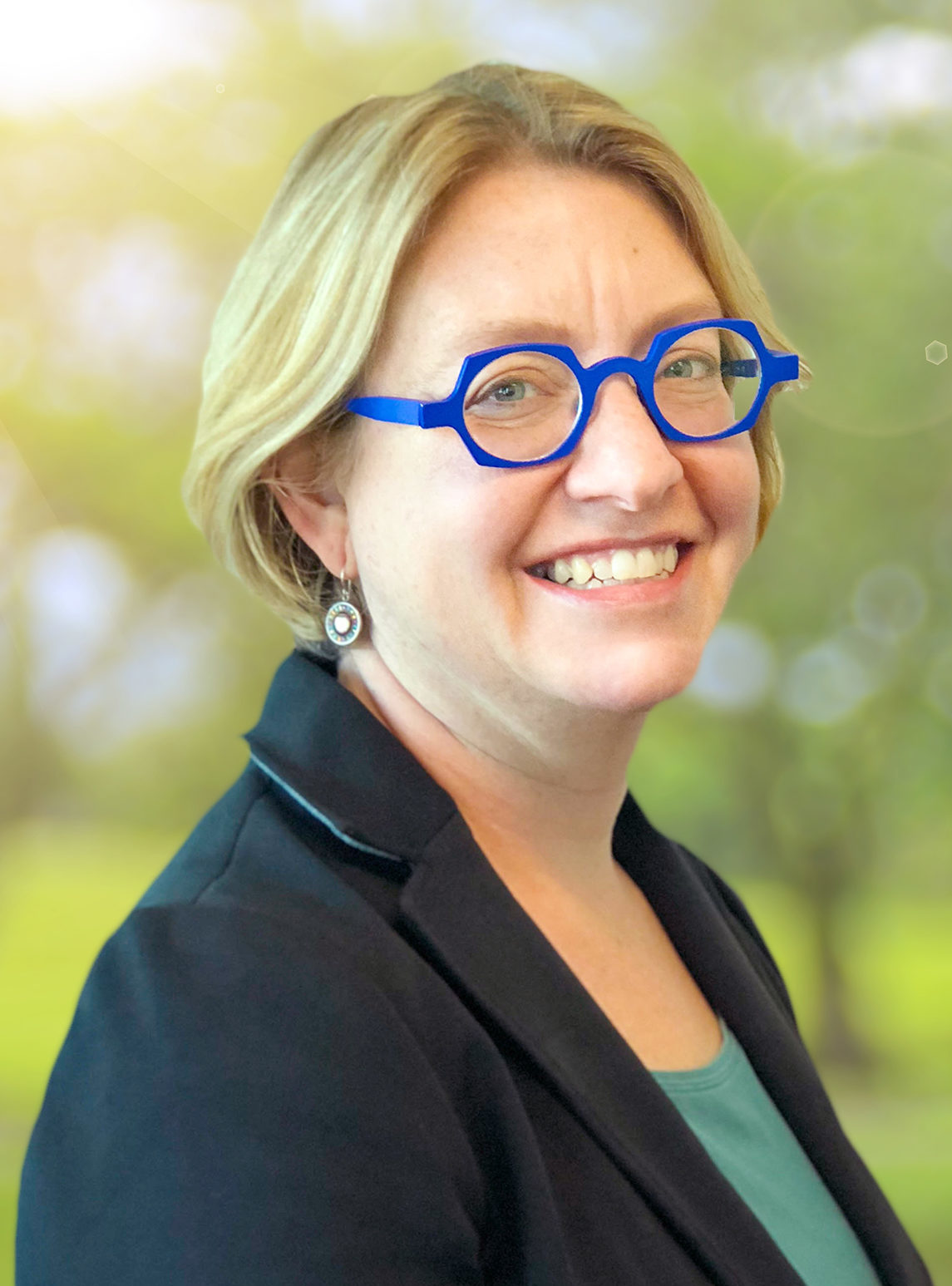
 Emily DuHamel Brower, M.B.A., is senior vice president of clinical integration and physician services for Trinity Health. Emphasizing clinical integration and payment model transformation, Ms. Brower provides strategic direction related to the evolving accountable healthcare environment with strong results. Her team is currently accountable for $10.4B of medical expense for 1.6M lives in Medicare Accountable Care Organizations (ACOs), Medicare Advantage, and Medicaid and Commercial Alternative Payment Models.
Emily DuHamel Brower, M.B.A., is senior vice president of clinical integration and physician services for Trinity Health. Emphasizing clinical integration and payment model transformation, Ms. Brower provides strategic direction related to the evolving accountable healthcare environment with strong results. Her team is currently accountable for $10.4B of medical expense for 1.6M lives in Medicare Accountable Care Organizations (ACOs), Medicare Advantage, and Medicaid and Commercial Alternative Payment Models. Mr. James Sinkoff is the Deputy Executive Officer and Chief Financial Officer for Sun River Health (formerly known as Hudson River HealthCare), and the Chief Executive Officer of Solutions 4 Community Health (S4CH); an MSO serving FQHCs and private physician practices.
Mr. James Sinkoff is the Deputy Executive Officer and Chief Financial Officer for Sun River Health (formerly known as Hudson River HealthCare), and the Chief Executive Officer of Solutions 4 Community Health (S4CH); an MSO serving FQHCs and private physician practices. Victor is the Chief Medical Officer for TennCare, Tennessee’s Medicaid Agency. At TennCare, Victor leads the medical office to ensure quality and effective delivery of medical, pharmacy, and dental services to its members. He also leads TennCare’s opioid epidemic strategy, social determinants of health, and practice transformation initiatives across the agency. Prior to joining TennCare, Victor worked at Evolent Health supporting value-based population health care delivery. In 2013, Victor served as a White House Fellow to the Secretary of Health and Human Services. Victor completed his Internal Medicine Residency at Emory University still practices clinically as an internist in the Veteran’s Affairs Health System.
Victor is the Chief Medical Officer for TennCare, Tennessee’s Medicaid Agency. At TennCare, Victor leads the medical office to ensure quality and effective delivery of medical, pharmacy, and dental services to its members. He also leads TennCare’s opioid epidemic strategy, social determinants of health, and practice transformation initiatives across the agency. Prior to joining TennCare, Victor worked at Evolent Health supporting value-based population health care delivery. In 2013, Victor served as a White House Fellow to the Secretary of Health and Human Services. Victor completed his Internal Medicine Residency at Emory University still practices clinically as an internist in the Veteran’s Affairs Health System.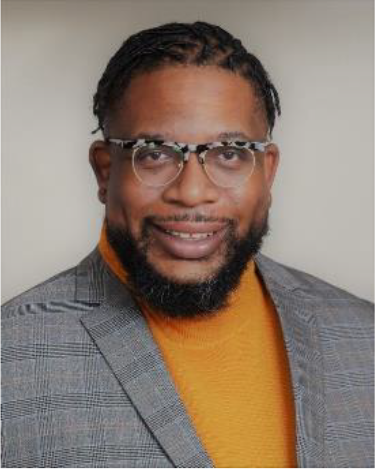 Dr. Brandon G. Wilson, DrPH, MHA (he, him, his) joined Community Catalyst as the Director of the Center for Consumer Engagement in Health Innovation, where he leads the Center in bringing the community’s experience to the forefront of health systems transformation and health reform efforts, in order to deliver better care, better value and better health for every community, particularly vulnerable and historically underserved populations. The Center works directly with community advocates around the country to increase the skills and power they have to establish an effective voice at all levels of the health care system. The Center collaborates with innovative health plans, hospitals and providers to incorporate communities and their lived experience into the design of systems of care. The Center also works with state and federal policymakers to spur change that makes the health system more responsive to communities. And it provides consulting services to health plans, provider groups and other health care organizations to help them create meaningful structures for engagement with their communities.
Dr. Brandon G. Wilson, DrPH, MHA (he, him, his) joined Community Catalyst as the Director of the Center for Consumer Engagement in Health Innovation, where he leads the Center in bringing the community’s experience to the forefront of health systems transformation and health reform efforts, in order to deliver better care, better value and better health for every community, particularly vulnerable and historically underserved populations. The Center works directly with community advocates around the country to increase the skills and power they have to establish an effective voice at all levels of the health care system. The Center collaborates with innovative health plans, hospitals and providers to incorporate communities and their lived experience into the design of systems of care. The Center also works with state and federal policymakers to spur change that makes the health system more responsive to communities. And it provides consulting services to health plans, provider groups and other health care organizations to help them create meaningful structures for engagement with their communities. Tamara Ward is the SVP of Insurance Business Operations at Oscar Health, where she leads the National Network Contracting Strategy and Market Expansion & Readiness. Prior to Oscar she served as VP of Managed Care & Network Operations at TriHealth in Southwest Ohio. With over 15 years of progressive health care experience, she has been instrumental driving collaborative payer provider strategies, improving insurance operations, and building high value networks through her various roles with UHC and other large provider health systems. Her breadth and depth of experience and interest-based approach has allowed her to have success solving some of the most complex issues our industry faces today. Tam is passionate about driving change for marginalized communities, developing Oscar’s Culturally Competent Care Program- reducing healthcare disparities and improving access for the underserved population. Tamara holds a B.A. from the University of Cincinnati’s and M.B.A from Miami University.
Tamara Ward is the SVP of Insurance Business Operations at Oscar Health, where she leads the National Network Contracting Strategy and Market Expansion & Readiness. Prior to Oscar she served as VP of Managed Care & Network Operations at TriHealth in Southwest Ohio. With over 15 years of progressive health care experience, she has been instrumental driving collaborative payer provider strategies, improving insurance operations, and building high value networks through her various roles with UHC and other large provider health systems. Her breadth and depth of experience and interest-based approach has allowed her to have success solving some of the most complex issues our industry faces today. Tam is passionate about driving change for marginalized communities, developing Oscar’s Culturally Competent Care Program- reducing healthcare disparities and improving access for the underserved population. Tamara holds a B.A. from the University of Cincinnati’s and M.B.A from Miami University.


 Dr. Peter Walsh joined the Colorado Department of Health Care Policy and Financing as the Chief Medical Officer on December 1, 2020. Prior to joining HCPF, Dr. Walsh served as a Hospital Field Representative/Surveyor at the Joint Commission, headquartered in Oakbrook Terrace, Illinois.
Dr. Peter Walsh joined the Colorado Department of Health Care Policy and Financing as the Chief Medical Officer on December 1, 2020. Prior to joining HCPF, Dr. Walsh served as a Hospital Field Representative/Surveyor at the Joint Commission, headquartered in Oakbrook Terrace, Illinois.

